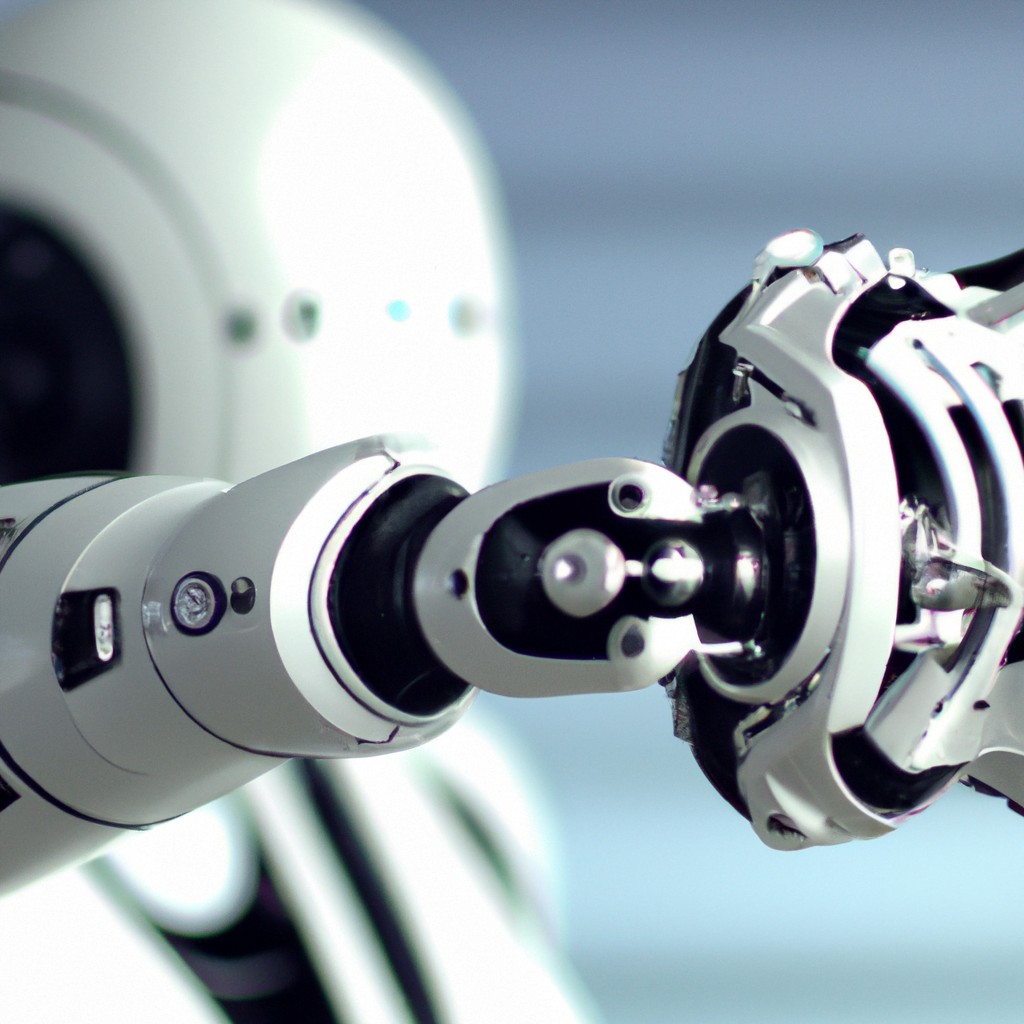Cutting-Edge Innovation: Engineers Unveil Revolutionary ‘Robotic Epidermis
Lets talk about a new type of sensor that scientists and engineers at the University of British Columbia (UBC) and Honda have developed. This sensor is really cool because it’s smart, stretchable, and very sensitive. It can be used in robots and prosthetic limbs, which are artificial arms or legs for people who might have lost their real ones.
Here’s what’s special about this sensor:
- Sensitivity and Dexterity: When you put this sensor on the surface of a prosthetic arm or a robotic limb, it gives them the ability to feel things, like touch sensitivity in human skin. This means these robots and prosthetic limbs can do tasks that are usually hard for machines, like picking up a soft fruit without squishing it.
- Soft and Human-Like: The sensor feels soft to the touch, like real human skin. This makes it safer and more natural when robots or prosthetic limbs interact with people. It’s important because it can help robots and artificial arms feel more lifelike.
- Types of Forces: The sensor can sense different kinds of forces. For example, it can feel when it’s touching something gently, like picking up an egg, or when it’s holding something a bit firmer, like a glass of water. This makes it really good at doing things that require precision.
The sensor is made mostly from a material called silicone rubber, which is also used in movies to create special effects for skin. What’s really interesting is that it can bend and wrinkle, just like real human skin. This is important because it allows it to be flexible, like our skin.
Now, let’s talk about how it works:
Electric Fields: Instead of using physical touch like we do, the sensor uses weak electric fields to “feel” objects. It’s a bit like how your smartphone’s touchscreen works. However, unlike a touchscreen, this sensor can also detect forces, which means it knows when something is pressing on it and how much pressure it’s applying.

The team at UBC worked on this sensor with Honda, which is a famous company known for making robots. They’ve been working on robots for a long time, like the ASIMO robot you might have heard of.
This new sensor is cool because it’s easy to make and can cover large areas. This makes it practical for using in robots and prosthetic limbs. In the future, as sensors like this one become even more advanced and can sense things like temperature and damage, it will be important for robots to become smarter and know how to respond to different situations. This is where artificial intelligence (AI) comes in to help make robots even more like humans.
So, in summary, there is a new special sensor that acts like human skin. It can make robots and artificial arms feel things, and it’s a big step in making machines work and interact with us in more human-like ways.



